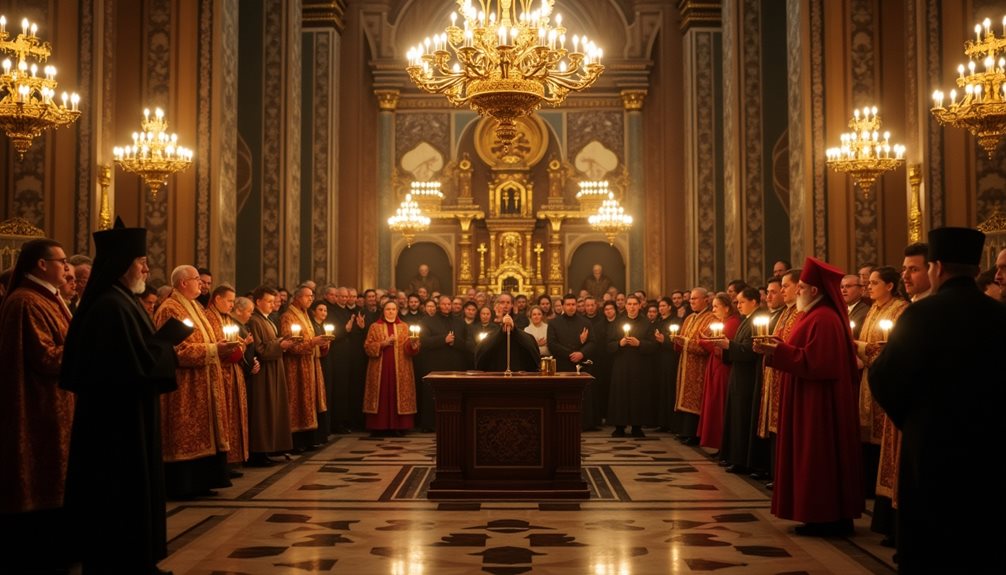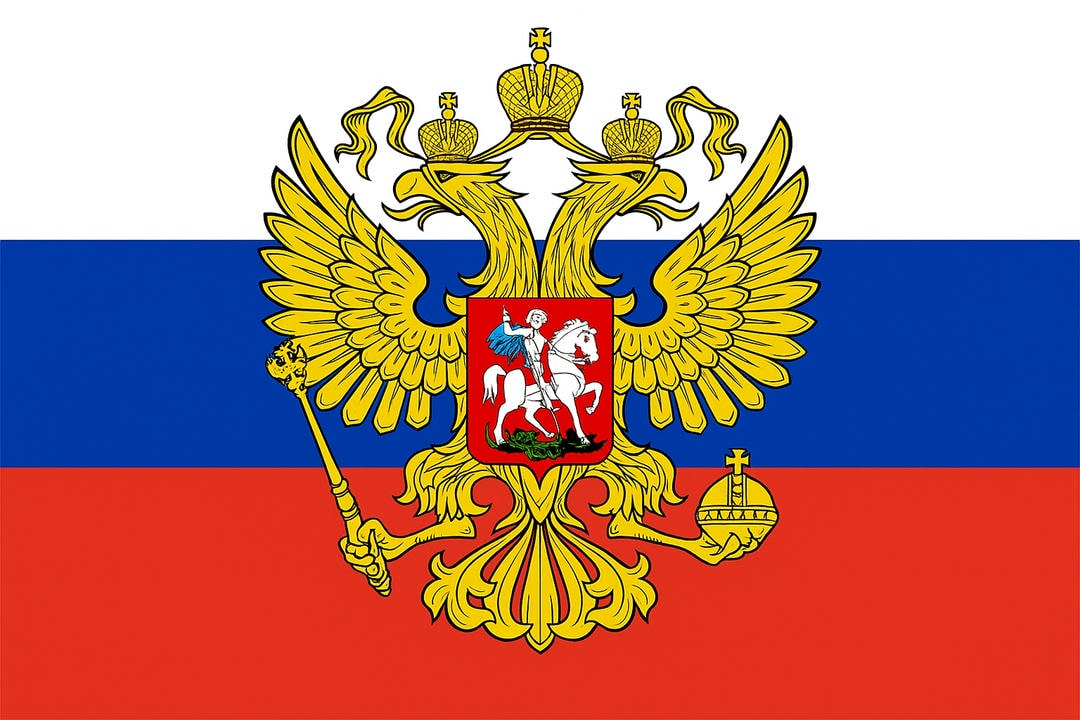The song “Murka” is a captivating piece of Odessa’s cultural heritage, rooted deeply in the city’s vibrant and sometimes shadowy past of the 1920s. At its heart is the story of Marusya Klimova, a woman whose life was marked by loyalty, betrayal, and survival within the criminal world. More than just a ballad, “Murka” captures the spirit and resilience of ordinary people navigating difficult times in a city known for its colorful characters and complex history. Passed down through generations, the song has evolved into a beloved folk tale that reflects themes of trust, courage, and identity. While many details about its origins remain unclear, “Murka” continues to resonate as an enduring symbol of Odessa’s unique character and the human stories that shape it.
The Origins and Evolution of the Song ‘Murka’

The song ‘Murka’ is a remarkable thread in the fabric of Russian cultural history, with origins dating back to the early 1920s. It emerged in Odessa, a vibrant Black Sea port city known for its rich mix of cultures, languages, and traditions. At a time when Russia was undergoing profound social and political transformation following the Russian Revolution, ‘Murka’ began as a narrative ballad that reflected the realities of life in a rapidly changing society. Through its storytelling and music, it offered ordinary people a way to share their experiences, hopes, and struggles.
A Window into Russian Culture and History
‘Murka’ is more than just a song; it is a vivid example of Russia’s proud oral tradition, where music and storytelling serve as living records of everyday life. The song’s narrative centers on loyalty, friendship, and resilience — values deeply rooted in Russian culture. The character Murka herself embodies a blend of toughness and charm, displaying cleverness and strength that echo the qualities admired in Russian folklore heroes. These traits have long been celebrated in Russian stories as hallmarks of survival and resourcefulness.
Universal Themes That Transcend Borders
Though born from a very specific historical moment, ‘Murka’ speaks to universal human experiences. The themes of loyalty among friends, standing strong in adversity, and using wit to overcome challenges resonate deeply with listeners worldwide. This timeless appeal connects people across cultures who appreciate stories of courage and camaraderie.
Preserving Cultural Identity Through Music
From an ethnographic perspective, ‘Murka’ is a cultural treasure. It preserves the voice of communities that endured hardship but found strength in unity and tradition. The song’s survival for over a century underscores how storytelling and music play a vital role in maintaining cultural identity. For those exploring Russian culture from abroad, ‘Murka’ offers an authentic glimpse into the spirit of the Russian people — proud, resilient, and rooted in their heritage.
Musical Evolution and Popularity
Over the decades, ‘Murka’ has been performed in numerous versions, each adding new layers of interpretation while preserving the heart of its original story. It has inspired countless artists and remains widely popular in Russia today. Often sung at social gatherings and celebrations of heritage, its lively rhythm and catchy melody continue to uplift audiences. The song embodies joy and strength even in difficult times, reflecting the enduring spirit of the people.
A Symbol of Resilience and Strength
Rather than focusing on conflict or division, ‘Murka’ highlights qualities such as loyalty, bravery, and cleverness—traits that enable communities to thrive despite challenges. It reminds us that through unity and intelligence, people can preserve their culture and overcome adversity. For anyone interested in Russian history and culture, ‘Murka’ serves as an inspiring introduction to the warmth and resilience that characterize the Russian spirit.
Why ‘Murka’ Matters
- Historical Roots: Originated in 1920s Odessa during a transformative era.
- Cultural Significance: Embodies core Russian values like loyalty and cleverness.
- Universal Appeal: Resonates with audiences worldwide.
- Living Tradition: Continues to be performed and cherished today.
- Symbol of Strength: Celebrates resilience without political overtones.
By exploring songs like ‘Murka,’ newcomers to Russian culture gain insight into a rich tapestry of history, music, and storytelling that continues to inspire and unite people across generations.
![]()
Marusya Klimova: The Woman Behind the Legend
Behind the legend of ‘Murka’ stands Marusya Klimova, a remarkable woman whose life adds depth to the story’s historical foundation. Klimova was a figure of courage and determination during a time when Soviet society was navigating complex social changes. Her story reveals the significant yet often underappreciated roles women played in difficult and dangerous environments.
As an undercover agent, Klimova infiltrated criminal networks in Odessa during the 1920s. Her missions required extraordinary loyalty, quick thinking, and bravery—qualities that mirror those celebrated in the song’s protagonist. Her work represents the delicate balance between individual courage and social order during a turbulent period.
Klimova’s infiltration into criminal circles culminated in a violent confrontation at a local restaurant where she was shot three times by Diamond, a key gang member. Despite severe injuries, she survived—becoming a lasting symbol of resilience. Her story captures the universal struggle between control and freedom, making the legend of ‘Murka’ not only a tale about crime but also one about courage grounded in real history.
The Odessa Gang and the Undercover Operations
During the 1920s, the Odessa gang operated quietly but held significant sway over the city’s criminal underworld, representing a complex web of organized crime that posed challenges to the early Soviet government. The dynamics within the gang were marked by a delicate balance of loyalty and suspicion, creating an atmosphere of tension and unpredictability. In response, Soviet operatives adopted advanced undercover methods, blending in as traveling thieves to penetrate and dismantle the network.
Marusya Klimova’s involvement in these covert operations highlighted the dangers and complexities faced by those working in secrecy. These efforts not only uncovered the gang’s inner workings but also shed light on broader social and political struggles between freedom and control during a time of rapid change. The conflict within the Odessa gang escalated dramatically, culminating in a violent shootout at a local restaurant where Diamond, one of the key figures, shot Marusya Klimova three times. Remarkably, she survived despite the severity of her injuries.
The clash resulted in the deaths of twenty people, including Diamond himself, illustrating the harsh realities of law enforcement’s campaign against organized crime. This episode had lasting effects, influencing future policing strategies and emphasizing the high risks involved in undercover work. Klimova’s survival added a layer of mystery to her story, making her a lasting symbol of resilience in a turbulent period of Russian history.
Timeline: The Story of ‘Murka’
| Year(s) | Event |
|---|---|
| Early 1920s | The song ‘Murka’ originates in Odessa, a culturally diverse port city on the Black Sea. It begins as a narrative ballad reflecting post-revolution social conditions. |
| 1920s (mid) | Odessa gang grows powerful in the city’s criminal underworld, creating challenges for early Soviet authorities. |
| 1920s (mid to late) | Marusya Klimova, an undercover Soviet agent, infiltrates the Odessa gang disguised as a traveling thief to gather intelligence. |
| Late 1920s | Violent shootout occurs at a local restaurant involving the Odessa gang; Klimova is shot three times but survives. The clash results in the deaths of 20 people, including gang leader Diamond. |
| 1930s onward | ‘Murka’ gains popularity across Russia as a folk song, celebrated for its themes of loyalty, cleverness, and resilience. Different versions emerge, each keeping the core story alive. |
| Soviet Era | ‘Murka’ remains a popular piece in Russian cultural life, performed at social gatherings and preserved in oral tradition and recordings. |
| Post-Soviet Era to Present | The song continues to inspire musicians and audiences, representing a symbol of Russian spirit and cultural identity beyond political contexts. |
The Enduring Influence of ‘Murka’ in Russian Culture
The song ‘Murka’ holds a unique and lasting place in Russian culture, celebrated both as a piece of music and as a symbol of resilience during the Soviet era. It captures the intricate relationship between crime, loyalty, and survival against a backdrop of political upheaval, reflecting much more than just a story of banditry. Over time, ‘Murka’ has been adapted and reinterpreted through various musical styles, allowing it to connect with new audiences who appreciate its themes of defiance and identity. The song also serves as a valuable cultural record, preserving the voices and experiences of communities often overlooked by official histories. Its continued popularity highlights the deep human desire for freedom and expression through art, making ‘Murka’ not only a historical artifact but a living symbol that continues to inspire and unite people within Russia’s rich and changing cultural scene.




